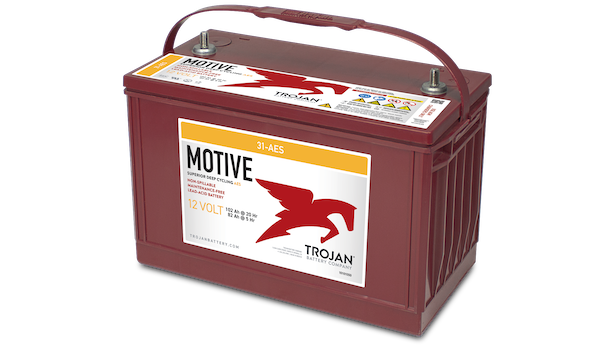Hi,
Trojan batteries seem to be well respected as a quality product. I'd like to understand the Data Sheet that is found on their website regarding their different batteries.
I'd like to use this particular battery for no other reason than we're all talking apples.
What is this telling me?
I undestand dimensions and won't drop this brick. But what about the first three columns
Capacity minutes/ Capacity Amp=hours/ Energy (kWh)
And how do these numbers correspond to the proper use of this battery. In other words using it like it should be but not beating it like a rented mule.
Thanks, mj52
Trojan batteries seem to be well respected as a quality product. I'd like to understand the Data Sheet that is found on their website regarding their different batteries.
I'd like to use this particular battery for no other reason than we're all talking apples.
What is this telling me?
I undestand dimensions and won't drop this brick. But what about the first three columns
Capacity minutes/ Capacity Amp=hours/ Energy (kWh)
And how do these numbers correspond to the proper use of this battery. In other words using it like it should be but not beating it like a rented mule.
Thanks, mj52

Comment